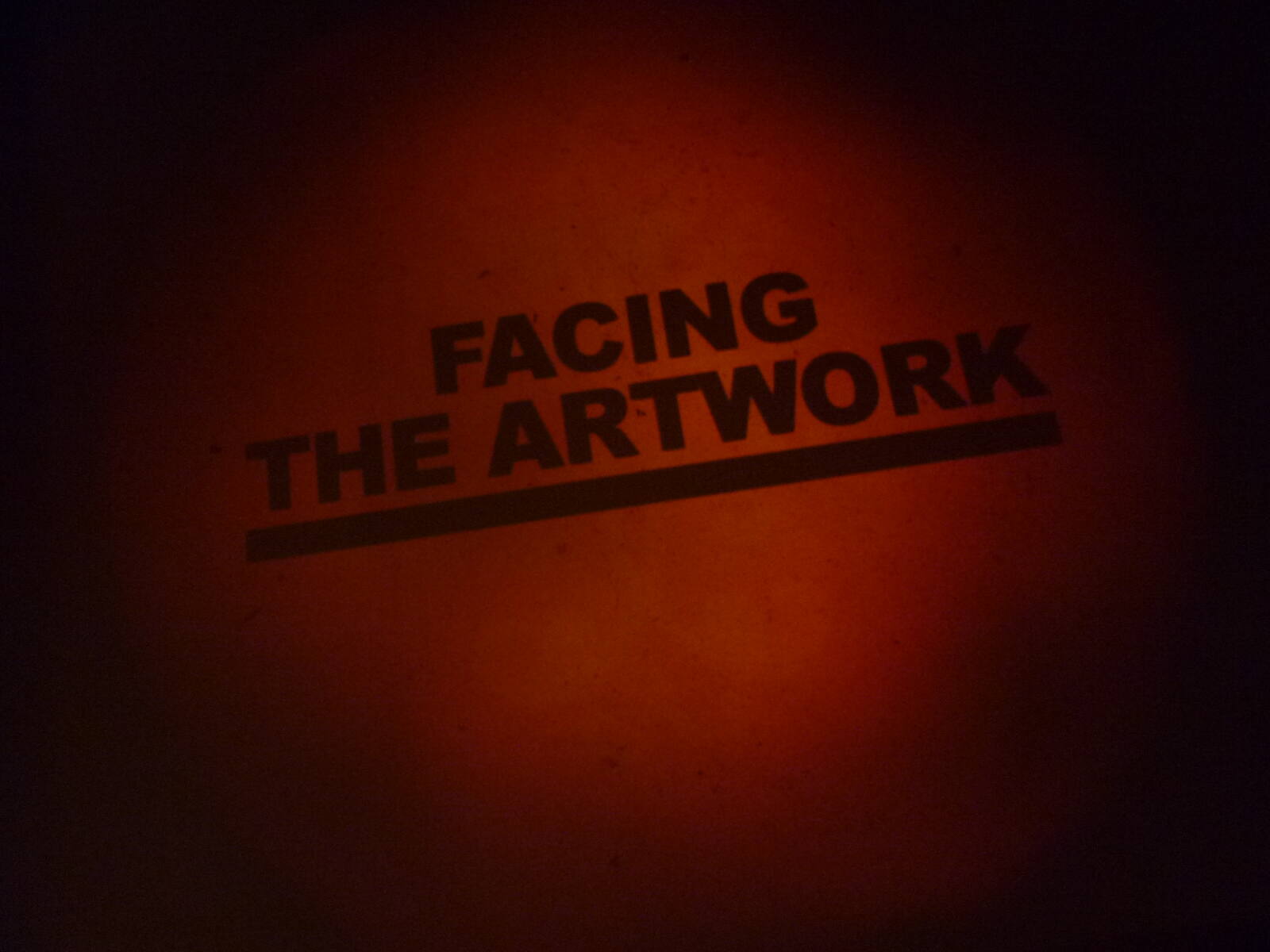Übergordnete Werke und Veranstaltungen
Delusion
Media
Delusion is one of the most exciting possibilities of electronic media. At the same time it is a basic human need. The fascination for the deceptive moving pictures is the result of this combination. There are many sources of electronic delusion like shadow plays, fictive travelogues and camouflage in the jungle and the religions. In general, one can differentiate between optical and imaginary delusions. The emphasis in this programme is on the visual delusion, but it also offers playful ways to cross the line. The camera often represents a subjective position in the process.
One of the most direct possibilities to delude visually is to use the camera image as fixed perspective. With that you see only on a two-dimensional level, what’s happening and you can be deluded easily like in theatre. For instance like in the video "Line", in which a black-dressed person is painting a vertical black line on a frame-filling white wall. Finally the person totally disappears in front of the black background, respectively in a black hole in another film.
The use of the physiology of the human eye leads to a slightly more complex delusion. Firstly the eye perceives movement as strongest impulse, then contrast, colours and more concrete forms at the end. The video "Spin" distracts the viewer, through the permanently rotating revolving door, from the changing surroundings. It is comparable to "Revision", in which a segmented window in the front constitutes a frame, behind which more and more improbable ambiences appear.
In "Dew Point" it’s hard to decide, if image processing was used or if there is really a person in the fog, who appears and disappears at the limit of visibility. In other videos, the delusion happens already at the recorded object. "Post Global Warming Survival Kit" shows pictures, which cannot be seen in reality. An infrared camera shows an installation, which is only lit by infrared lights and therefore not visible for the naked eye. The processing of the video can also be very subtle on the image plane, like in "This art piece was seeking a reflection", in which the image of the spectator is reflected and distorted again and again on the surfaces of pictures.
Another way to alienate the video image is the defragmentation, the segmentation into single pieces like in "Loop". The video shows different time levels of a tram journey in convoluted oblongs, which can be seen at the same time, and provoke a strange movement in time and space. "Are You Looking At Me?" works without any technical manipulation. The seemingly simple recording of a street situation hides the fact, that the presence of the camera is also a manipulative interference, which influences the behaviour of the participants.
Therefore the camera is not merely a technical tool but also a magic box and a medium, which can change the world.









